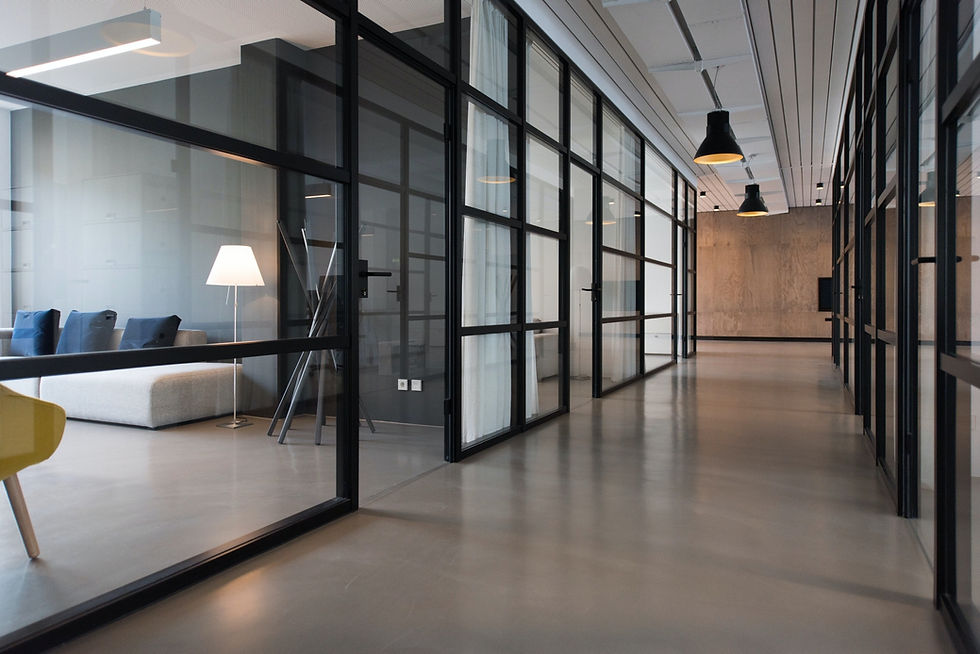Which office layout works best? Just ask people
- Rachel Kasa
- Jan 31, 2024
- 2 min read
I know this is controversial. Hot desking, open-plan, single offices, internal slides and wacky office interiors, bright colours, pool tables. What works best?

A shout out to the good people at Ngā Taonga for pointing me in the direction of the Tim Harford podcast, Cautionary Tales. I've long been a fan of Tim Harford. He's an economist (but I don't hold that against him). Check out his TED Talks.
One cautionary tale, Office Hell: the Demise of the Playful Workplace, gives us some useful clues about office layout. Here's his overall conclusion:
Office design doesn’t matter nearly as much as letting people design their offices. He argues that people look for control over their office surroundings; they want to be empowered and have choices.
To reach this conclusion he outlines an experiment in radical and creative office design by US advertising giant, Chiat / Day. Their re-designed offices were a hot-desking, futuristic dreamland. They were meant to be radically playful, but people didn't like them and rebelled.
Famous architect, Le Corbusier, went for total simplicity: bare walls and straight lines. People didn't like that either. One housing project he designed had a prison-like feel.

Haslam and Knight, researchers at the University of Exeter, experimented with office designs. First they went for minimalist; the tidiness was oppressive. Then, they went for a decorated office with pot plants, pictures, etc. That fared better. But the most successful design was when people chose their own office layout. They were empowered. And the very worst layout was when people were empowered to design their office, and then they were told they'd done it wrong and their autonomy was taken away.

When you stand back and look at this, you can see how it makes sense. Your lounge at home looks different from the people's next door. Some people want the latest glossy magazine-like decor and colours. Others are happy with 1990s decor and second-hand couches. We choose our surroundings to reflect who we are - a basic human need.
I know this is far from straightforward. Consulting thousands of people in one organisation about office layout is daunting to say the least. Hybrid working means fewer desks are needed. But also remember one of the beauties of the human condition; our ability to navigate our way around systems that don't suit us. People turn up early to get the hot desk they want. Teams colonise certain hot desking areas.
It's a case of theory and great ideas (on paper) being translated into reality. And those living the reality haven't always read the theory.
